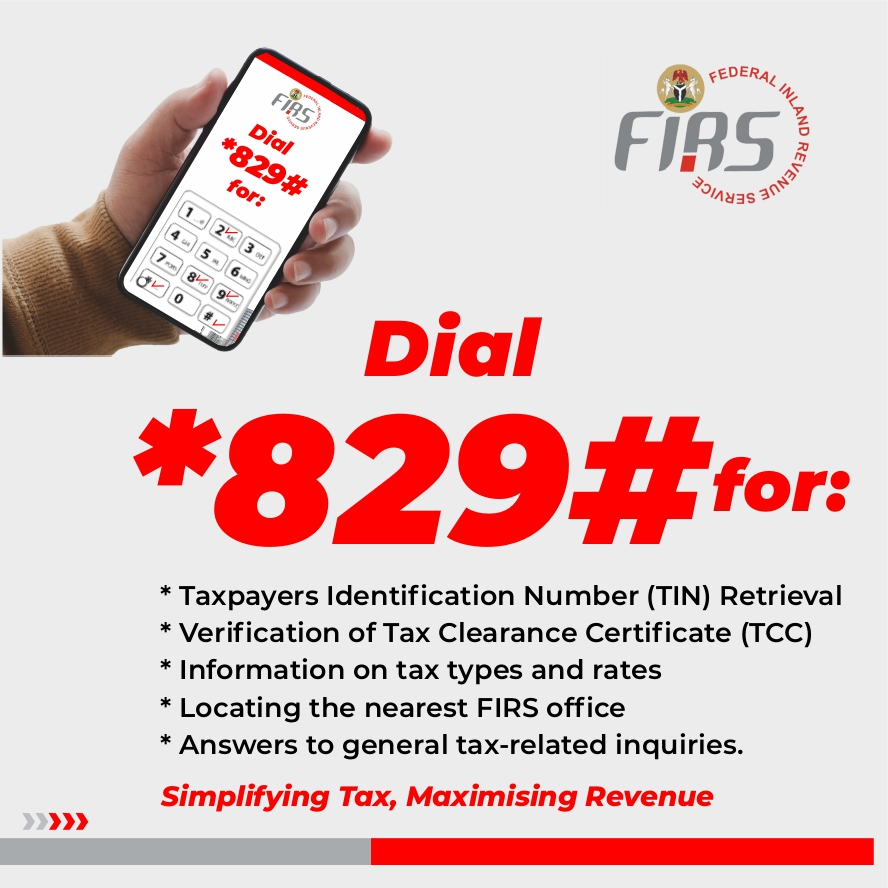Currencies
Naira falls at official market despite 86% improvement in dollar supply
Naira falls at official market despite 86% improvement in dollar supply.
The exchange rate between the naira and the US dollar closed at N415.05/$1 at the official Investors and Exporters (I&E) window.
Naira depreciated against the US dollar on Thursday to close at N415.05/$1. This represents a 0.2% drop when compared to the N414.25 that was recorded in the previous trading sessions as the pressure on the country’s external reserves continued with a decline of $24 million.
Also, the naira depreciated marginally against the US dollar on Thursday as it closed at N572.5/$1. This represents a 50 kobo drop when compared to the N572/$1 that was recorded in the previous trading session. This is according to information obtained from BDC operators interviewed by Nairametrics
The local currency fell at the official market despite 86.4% improvement in dollar supply during Thursday’s trading session.
Trading at the official NAFEX window
The exchange rate at the Investors and Exporters window depreciated to close at N415.05/$1 on Thursday, representing an 80 Kobo drop when compared to the N414.25/$1 that was recorded at the last trading session.
The opening indicative rate depreciated to close at N414.13/$1 on Thursday, December 16, which represents a 26 kobo drop when compared to the N413.87/$1 that was recorded in the previous trading session.
An exchange rate of N444/$1 was the highest rate recorded during intra-day trading before it settled at N415.05/$1, while it sold for as low as N405/$1 during intra-day trading.
Forex turnover at the official window rose by 86.4% to trade at $331.11 million on Thursday.
According to data tracked by Nairametrics from FMDQ, forex turnover at the I&E window increased from $177.60 million on Wednesday 15th December 2021, to $331.11 million on Thursday 16th December 2021.
Crude oil price
Oil prices dropped with the Brent crude going down by 0.44% to trade at $74.69 per barrel as the Omicron variant affects demand outlook.
Oil fell for the first time in 3 days, halting a second weekly gain, as concerns about the impact on demand of the rapidly spreading omicron strain of coronavirus and tighter monetary policy played off against positive U.S. inventory data and a weakening dollar.
This week has seen traders hit with conflicting signals on demand and supply, ranging from the central bank moves and new restrictions to limit the spread of omicron to declining inventories in the U.S. and forecasts that prices and volatility will rise in the New Year.
That has seen a generally risk-off attitude in oil markets, leading the aggregate volume of futures contracts on Thursday to drop to its lowest since August.
The West Texas Intermediate went down by 0.47% to trade at $72.04 per barrel after rising earlier on Thursday. Natural gas went up by 0.53% to trade at $3,786 while OPEC Basket went down by 1.56% to trade at $73.12 per barrel.
On the other hand, Nigerian crude, Bonny Light went up by 3.08% to trade at $74.93 per barrel.
Cryptocurrency watch
The world’s largest and most popular cryptocurrency, Bitcoin, went down by 3.81% to trade at $47,062.51 in the early hours of Friday after witnessing a surge earlier on Thursday as lower trading volumes and measures to control inflation add to signals that bitcoin and other digital assets could be headed back to reckoning.
The global cryptocurrency market cap on Thursday is $2.38 Trillion, which is a 3.7% increase in the last 24 hours, as per CoinGecko.
While to total cryptocurrency trading volume in the last day is at $132 Billion, Bitcoin dominance is at 38.8%, with Ethereum dominance at 20.2%, according to CoinGecko.
Market analysts remained positive about the cryptocurrency market. The cryptocurrency market showed signs of bouncing back from the support levels initially during the session. However, we saw bears gaining activity and managing to hold the markets from moving higher.
Meanwhile, Ethereum, the world’s second largest cryptocurrency by market capitalization was down by 3.72% to trade at $3,885.05
External reserves
Nigeria’s external reserve dropped by 0.06% on Wednesday, 15th December 2021, to close at $40.707 billion. This represents a decrease of $24 million compared to $40.731 billion recorded as of Tuesday, 14th December
The consistent decline that had been experienced in the country’s reserve level could be attributed to the continuous intervention of the apex bank in ensuring the stability of the exchange rate.
It is worth noting that the nation’s foreign reserve had gained $5.99 billion in the month of October, as a result of the $4 billion raised by the federal government from the issuance of Eurobond in the international debt market.
In the month of November, Nigeria’s external reserve lost $633.47 million in value as against a gain of $5.99 million recorded in the previous month and $2.76 million gain in September 2021. On a year-to-date basis, the reserve gain has reduced to $5.74 billion.

